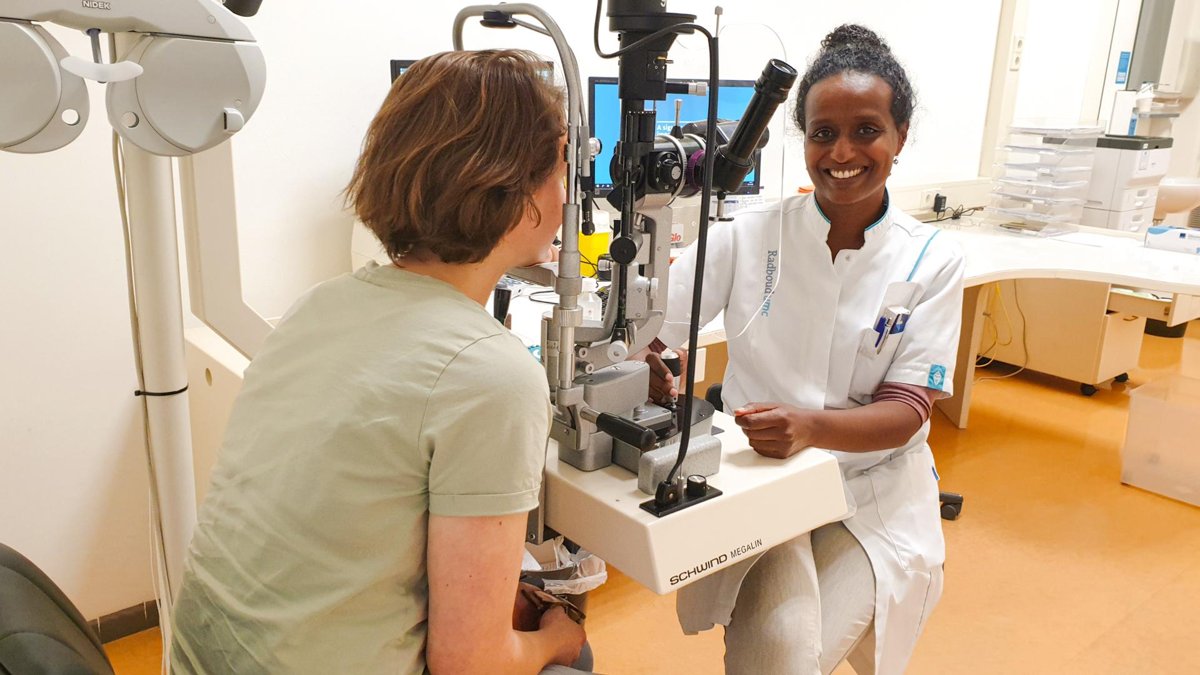
Grant Search
Since our founding over 50 years ago, we've awarded thousands of research grants to exceptional researchers at the forefront of scientific discovery, pursuing innovative treatments, preventative measures, and cures for Alzheimer's disease and related dementias, macular degeneration, and glaucoma. Explore our funded research.










